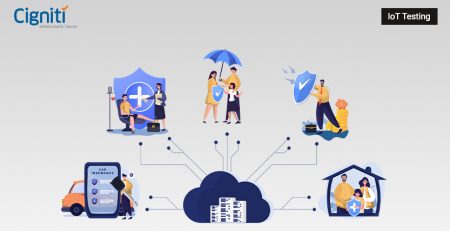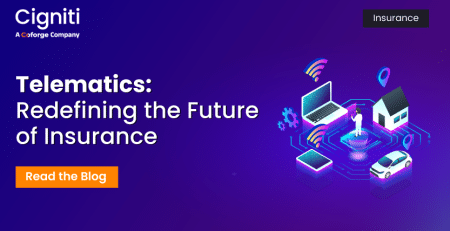Top 5 Ways Data Insights Can Transform the Insurance Industry
According to a McKinsey report, companies making intensive use of customer analytics are 2.6 times more likely to have a significantly higher ROI than their competitors. Intensive users of customer analytics are 23 times more likely to outperform their competitors in terms of new customer acquisition than non-intensive users, and 9 times more likely to surpass them in customer loyalty.
One of the direct impacts of the pandemic on today’s businesses is digital transformation and Data & Insights play a critical role in digital transformation. Below are the top 5 ways that Data & Insights can transform the Insurance industry.
1) Personalized Product Development
More than 80% of insurance products are still sold offline. The shift to online sales is increasing due to the pandemic as well as the new ways customers are interacting with today’s businesses. This led to the demand for personalized products by today’s customers.
Customers adore tailored insurance options that fit their demands and way of life. With the use of AI in insurance and advanced data & insights, insurers can now gain useful ideas from the massive amounts of demographic information, behavior, preferences, interactions, lifestyle information, interests, etc. of their customers. Based on these findings, insurers can now tailor their products to the needs of the customer rather than having one product that fits all types of offerings.
2) Prediction of Customer Lifetime Value (CLV)
Throughout the years, companies from several business sectors have strived to strengthen their client portfolios by acquiring and retaining the most profitable. For this to happen, current and potential clients must be classified based on their past and future interactions with a company throughout the lifetime of their relationship. Hence, finding the right customer value helps assess the financial value of each customer accurately. By using predictive analytics in insurance, or let’s say insurance analytics, we can estimate the future cash flows from each customer relationship. This helps in predicting the future value of our business as well as providing insights into which products customers are willing to buy more of.
3) Fraud Detection
Detecting fraud through a manual process is a cumbersome and time-consuming process. This fraud detection can only happen after the fraud has taken place. But using data science in insurance helps detect fraud in advance by spotting dubious activity and dodgy linkages through predictive modeling. Acquiring this smart intelligence through insurance data analytics helps in identifying the policyholders who are likely to commit insurance fraud in advance, thereby preventing the wrong insurance claims.
Claim reports span across multiple pages, and that makes it hard to find fraud in insurance claims. But having a fraud-detecting tool helps in analyzing the textual data and bringing out the frauds present within. Consider a case where a person is asking for claims on his car insurance. But within the texts, it was written that all the valuable items were taken out of the vehicle before the incident occurred. This might indicate that the car was torched before the incident happened. Having a fraud detection tool that uses data analytics and artificial intelligence modeling to detect fraud from textual claims helps companies avoid hefty claim settlements.
4) Policy Recommendation Engine
The policy recommendation is revolutionizing the insurance industry. Many people find selecting an insurance policy a cumbersome and time-consuming process. It is rarely enjoyable, but sometimes excruciating, to choose the wrong one. All this led to the customer moving away from or postponing buying an insurance policy.
Due to the advancement of digital technologies and with the help of insights from past data, today’s insurance companies can provide real-time options to their customers in selecting the right insurance product that caters to their specific needs. This not only helps in customer acquisition but also improves the overall customer experience.
5) Pricing Optimization
Customers compare the prices of one insurance provider with the other. Customers frequently choose the insurance provider with the lowest premiums over the one with the highest premiums. The lowest cost may win the business, but it may be underpriced relative to the risk. This forces the insurance provider to move to higher premiums, which may result in losing the business in the end.
Conclusion
Using data & insights and artificial intelligence modeling, insurance providers can provide pricing suitable to the needs of the customer while also taking into account the risk assessment of the overall business.
Cigniti supports global insurers in their digital transformation journey & helps them deliver improved customer experience and gain competitive advantage.
Our customized services in Insurance testing range across:
- Life Insurance (Life, Annuity, and Pension)
- Property & Casualty (P&C)
- Auto, and
- Reinsurance segments
We make sure your apps/systems run seamlessly by ensuring efficient back-office operations. Our data and insights portfolio and matchless track record prove us as a trusted advisor and preferred technology partner for Insurance clients.
Need help? Talk to our Insurance and Data Insights experts to learn more about how Data Insights can transform the Insurance Industry.





Leave a Reply